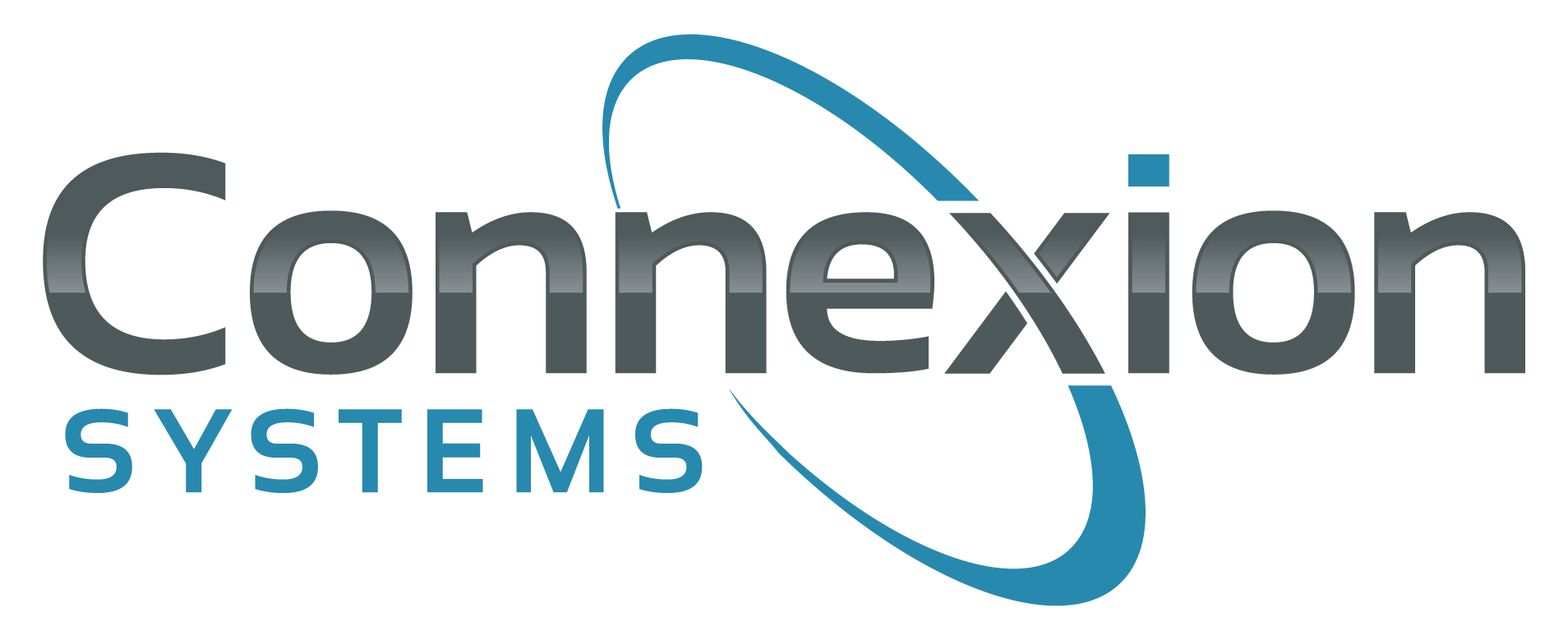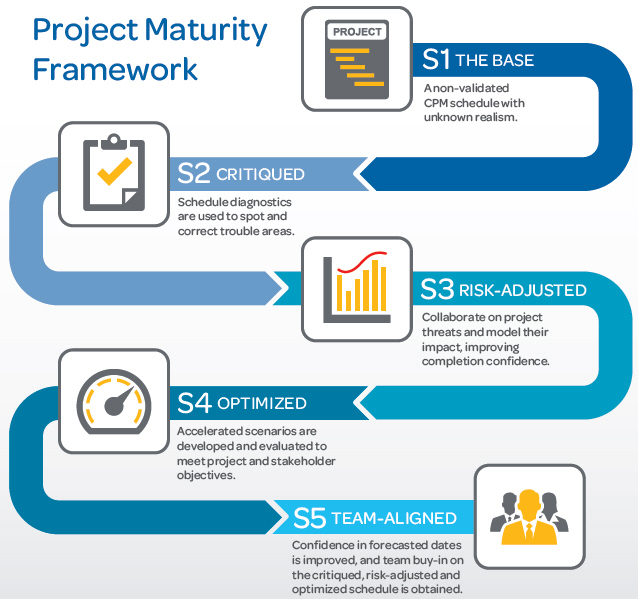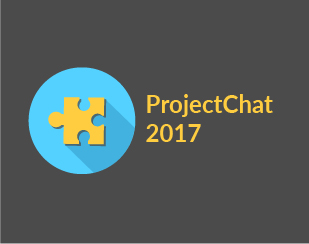Creating, Critiquing, and Risk-Adjusting Your Schedule
Picture this familiar scenario: You’re planning a project, and the stakeholders want it done quickly, under budget, and to exacting standards of perfection. This three-legged project stool (time, cost, and quality) can pull you in multiple directions, and it’s your job to make it work. Of course, you know that a second-rate schedule will probably prevent on-time delivery, blow the budget, and contribute to shoddy work. To ensure project success, you need a realistic, achievable schedule based on sound project intelligence. While critical path methodology (CPM) scheduling tools are very effective at building schedules, they fall short in generating realistic, achievable schedules. This book and its companion, Optimising Your Schedule, Gaining Team Buy-in, and Forecasting Costs, will guide you in leveraging the S1 // S5 schedule maturity framework process to build realistic, achievable schedules.
The S1-S5 Schedule Maturity Framework Process:
Every time you advance on the S1 // S5 scale you create a more realistic schedule than you get with CPM tools alone:
S1—Project basis:
Creating a non-critiqued, non-risk adjusted schedule with your CPM tool; there’s no need change your process or tools in this stage. This is the basis for a more realistic, achievable schedule.
S2—Critiquing:
Running your S1 schedule through checks and balances (metrics) to pinpoint and address shortcomings in structural integrity and create a stronger schedule.
S3—Risk adjustment:
Accounting for risk and uncertainty to establish a risk-adjusted schedule that incorporates a confidence level and a range. While it may be disappointing that your S2 and S3 due diligence I’ll probably yield a later completion date than your S1 schedule, the good news is that it is more insightful and realistic.
S4—Optimising:
Investigating acceleration scenarios that may get closer to the S1 date while upholding S2 structural integrity and thoroughly considering S3 risk.
S5—Team buy-in:
The project team’s review of S2 improvements, S3 risk mitigations, and S4 optimisations. This process forms the basis of subsequent re-cycles of S1 // S5. This continuous-improvement, iterative approach is a huge step toward establishing





